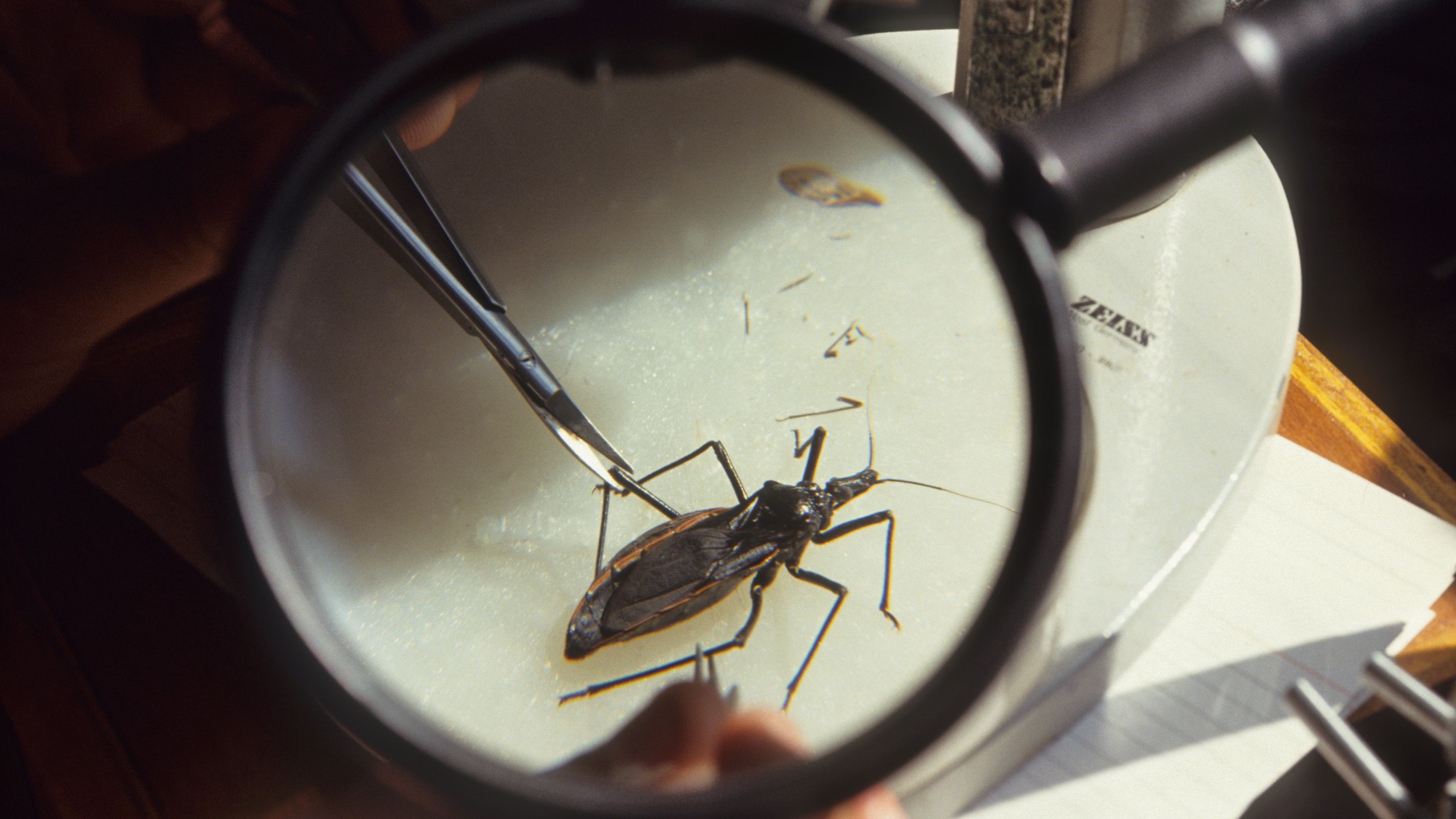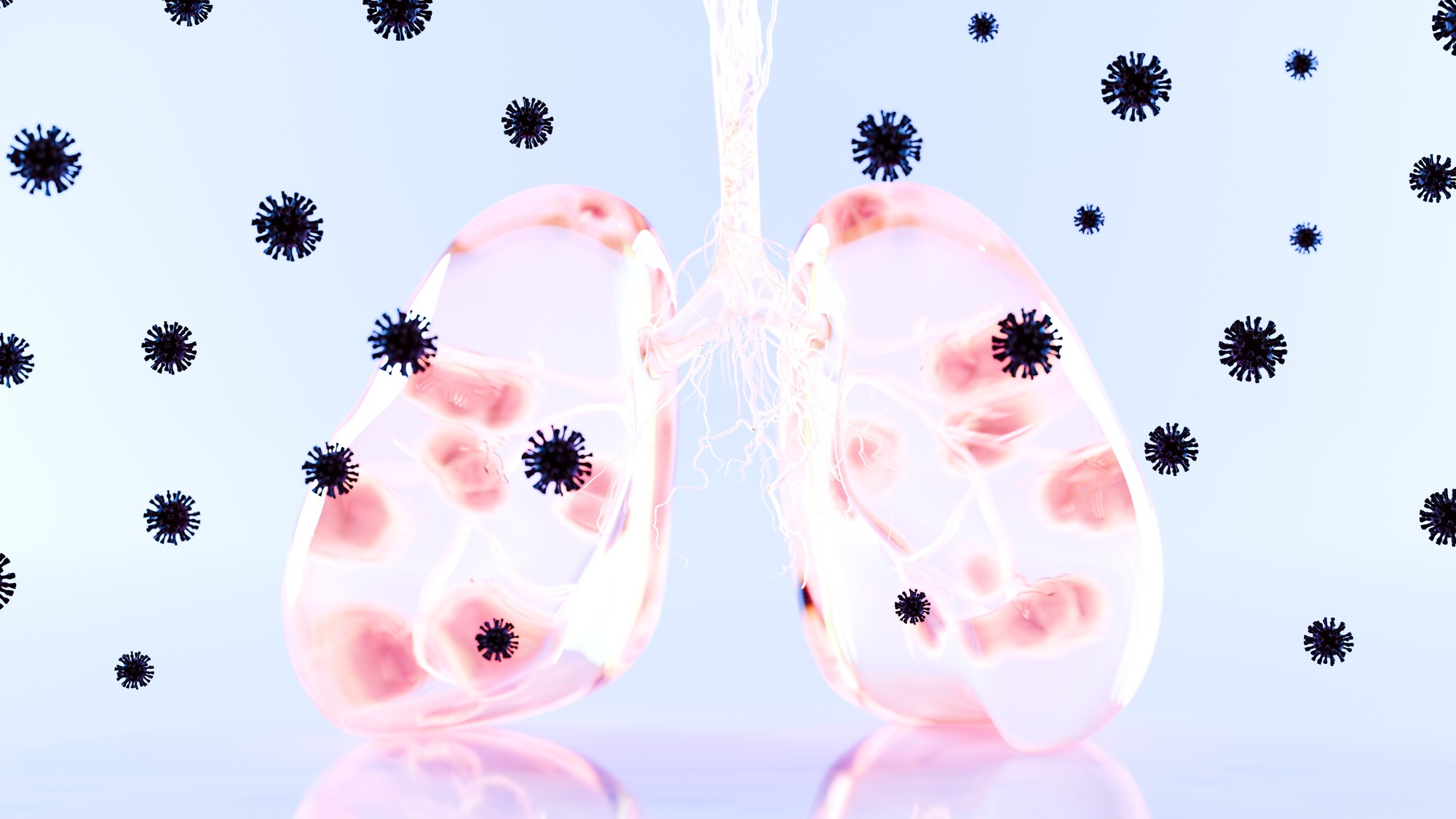Kissing bug disease has a growing presence in the US
The disease has yielded a steady stream of cases in the last 10 years


The parasitic kissing bug disease is not new, but it has become increasingly common to the point of being endemic in the U.S. Because of this, the insect-borne illness has been a point of interest for researchers. The disease can go unnoticed, but in severe cases, it can lead to lifelong chronic health issues.
What is kissing bug disease?
Also called Chagas disease, it is caused by the parasite Trypanosoma cruzi. This disease is spread by triatomine bugs, otherwise known as kissing bugs because they are “bloodsucking insects that tend to bite people’s faces,” said The New York Times.
The parasite is “mainly found in rural areas of Mexico and Central and South America,” said the Centers for Disease Control and Prevention. However, the disease has spread enough to officially be considered endemic to the U.S., according to a report published in the journal Emerging Infectious Diseases.
The Week
Escape your echo chamber. Get the facts behind the news, plus analysis from multiple perspectives.

Sign up for The Week's Free Newsletters
From our morning news briefing to a weekly Good News Newsletter, get the best of The Week delivered directly to your inbox.
From our morning news briefing to a weekly Good News Newsletter, get the best of The Week delivered directly to your inbox.
The triatomine bugs can infect people and other animals, including dogs. The disease goes largely unnoticed, as “most people in the United States only get diagnosed if they go to donate blood,” said the Times. “Only about 1% of people” infected with Chagas disease in the U.S. have been diagnosed. Many carry the disease without any symptoms, but it may also manifest as an acute or long-lasting infection.
The acute phase usually occurs within weeks or months of the parasite being contracted and can cause swelling at the infection site, as well as fever, fatigue, body rash, eyelid swelling and body aches. It could also cause gastrointestinal problems and swollen glands.
While acute infection is usually temporary, a chronic phase can appear 10 to 20 years after infection in about 20% to 30% of cases. This can lead to perpetual heart issues, such as an “enlarged heart, heart failure, altered heart rate or rhythm, or sudden death,” as well as digestive problems, like an “enlarged esophagus or colon, leading to trouble eating or going to the bathroom,” said the Mayo Clinic.
How common is it?
Approximately 8 million people globally, including an estimated 280,000 in the U.S., have kissing bug disease — and most are not aware of it, according to the CDC. Cases of the disease in humans have been found in Arizona, Texas, Louisiana, Missouri, Mississippi, Arkansas, Tennessee and California, while cases of Chagas disease in animals have also been found in New Mexico, Oklahoma, Nebraska, Alabama, Georgia, Florida, South Carolina, North Carolina, Kentucky, Virginia and Maryland.
A free daily email with the biggest news stories of the day – and the best features from TheWeek.com
“Several triatomine species are common in the southern United States, where they transmit T. cruzi and invade human dwellings,” said the Emerging Infectious Diseases report. The disease is already considered endemic in 21 countries in the Americas. However, if you ask physicians about Chagas, they would think it's either ”transmitted by ticks” or ”doesn’t exist in the U.S.,” said Bernardo Moreno Peniche, one of the authors of the review, to The Guardian.
Experts recommend sealing windows to prevent insects from entering, as well as clearing wood piles away from near your property, where they can congregate. And be careful when eating raw fruits and vegetables, which could potentially contain feces from the insects.
The good news is that the chances of contracting the disease in the U.S. are still rare. Most Americans should “not be worried at all,” Caryn Bern, an epidemiologist at the University of California, San Francisco, said to the Times.
Devika Rao has worked as a staff writer at The Week since 2022, covering science, the environment, climate and business. She previously worked as a policy associate for a nonprofit organization advocating for environmental action from a business perspective.
-
 3 ways to reduce the cost of owning a car
3 ways to reduce the cost of owning a carthe explainer Despite the rising expense of auto insurance premiums and repairs, there are ways to save
-
 DOJ targets ‘disparate impact’ avenues of discrimination protections
DOJ targets ‘disparate impact’ avenues of discrimination protectionsIN THE SPOTLIGHT By focusing solely on ‘intentional discrimination,’ the Justice Department risks allowing more subtle forms of bias to proliferate
-
 ‘Consistency at the ballot box isn’t nearly as meaningful to many voters here’
‘Consistency at the ballot box isn’t nearly as meaningful to many voters here’Instant Opinion Opinion, comment and editorials of the day
-
 Stopping GLP-1s raises complicated questions for pregnancy
Stopping GLP-1s raises complicated questions for pregnancyThe Explainer Stopping the medication could be risky during pregnancy, but there is more to the story to be uncovered
-
 RFK Jr. sets his sights on linking antidepressants to mass violence
RFK Jr. sets his sights on linking antidepressants to mass violenceThe Explainer The health secretary’s crusade to Make America Healthy Again has vital mental health medications on the agenda
-
 Vaccine critic quietly named CDC’s No. 2 official
Vaccine critic quietly named CDC’s No. 2 officialSpeed Read Dr. Ralph Abraham joins another prominent vaccine critic, HHS Secretary Robert F. Kennedy Jr.
-
 Nitazene is quietly increasing opioid deaths
Nitazene is quietly increasing opioid deathsThe explainer The drug is usually consumed accidentally
-
 This flu season could be worse than usual
This flu season could be worse than usualIn the spotlight A new subvariant is infecting several countries
-
 More adults are dying before the age of 65
More adults are dying before the age of 65Under the radar The phenomenon is more pronounced in Black and low-income populations
-
 Ultra-processed America
Ultra-processed AmericaFeature Highly processed foods make up most of our diet. Is that so bad?
-
 The plant-based portfolio diet invests in your heart’s health
The plant-based portfolio diet invests in your heart’s healthThe Explainer Its guidelines are flexible and vegan-friendly
